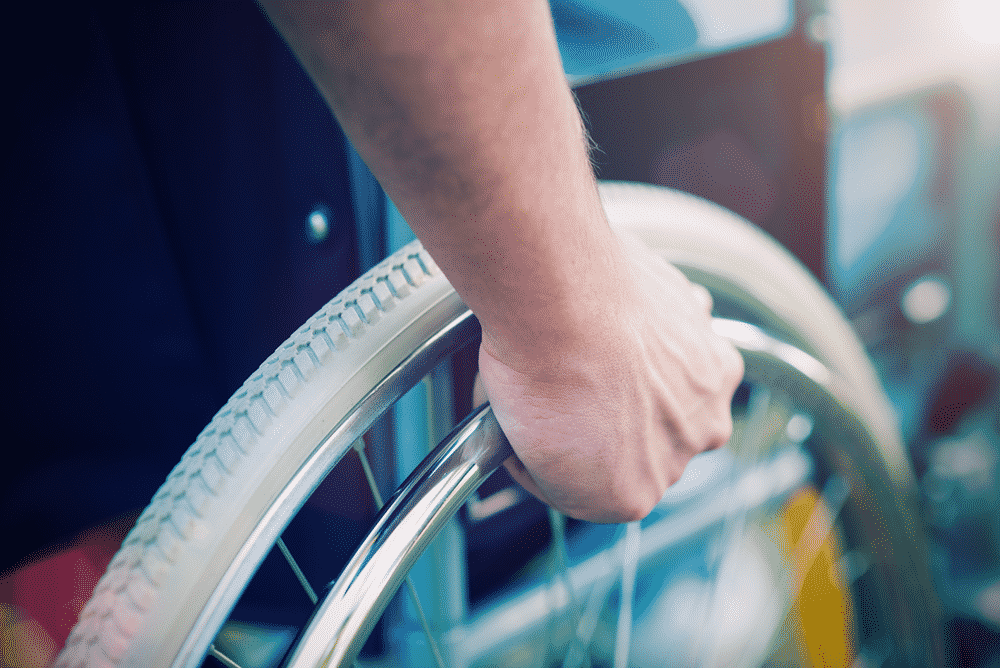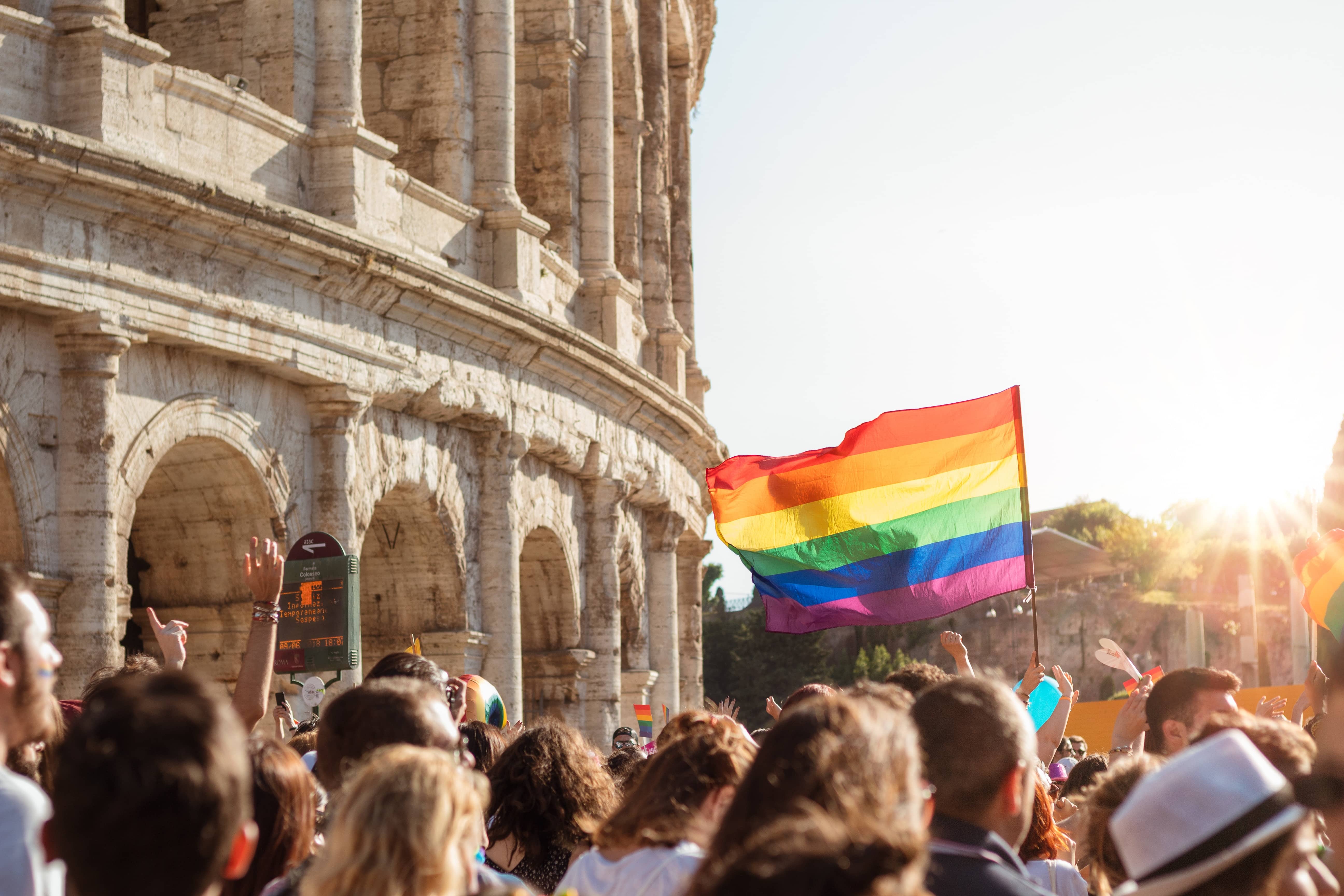Don’t we all take bathrooms for granted? The normal, able bodied, young men and women among us, rarely give a second thought to a bathroom, let alone a first.
In some parts of the world where a private place to relieve yourself is a rarity, a good bathroom is considered a luxury. Oftentimes we see that not all of us are blessed to use a modern bathroom and its services.
We see blind people struggling for information, deaf people looking for signs, and persons with disability just reaching out for little help, or something to grip and hold. A bathroom that has been designed by keeping just the gender in mind, can never be of any assistance to such people.
It is for this reason, that a modern outlook toward bathroom design is needed. And our architects and designers can help solve it for us, and in the process, make a bathroom accessible to one and all.

Examples are all around us
Have you heard of the Stalled Initiative? Or about a company known as MIX designs?
Well, we don’t blame you if you haven’t. For these companies are rare, and have recently come into the picture.
MIX designs is a design consultancy firm initiated by Susan Stryker and Terry Kogan. Susan is a transgender historian and Terry is a legal scholar.
Their consultancy advises various architectural firms in designing and building modern and more inclusive bathrooms. So, it comes as no surprise that they think a good bathroom design should consider people not only from the two genders, but also ability wise, race wise, and perhaps if possible, even ethnicity or religion wise.
Consider this scenario
You are on a wheelchair and you need to urgently relieve yourself. You go to the most modern of bathrooms at the airport, and what do you find? The bathroom is not accessible for people with disability. Awkward, right?
Let’s discuss another example
The same people who launched MIX designs, have also started an initiative which we mentioned above. The Stalled Initiative. It’s a great example to show how dividing bathroom chores into different sections or stalls, can easily make the design more inclusive.
Say if you want to wash your hands, and say someone wants to groom himself or herself, and a third person wants to just use the loo.
The Stalled Initiative allows for a design which divides these chores into different places so that people who are inside for different businesses, can peacefully tend to it without being bothered or feeling awkward.
Some design solutions are outrageously simple yet effective
Have you ever heard of walk in showers and bathe? It is another modern marvel from the modern architecture. Suppose, you are someone who cannot sit in a bathtub nor can you stand for too long in a shower.
A simple and yet brilliant solution is the walk in bath design. The average height of such a structure is around 4-5 feet. There is a gate or a door that can swing open. You go in and sit down on the bench provided and close the door. The water tight seal ensures that no water leaks out and you can then proceed with your bath easily.
These bathroom designs can be easily used by the disabled and the elderly. If the design is made to accommodate a larger area, even a wheelchair to pass isn’t difficult. The elderly can sit on their wheelchair, enter the bath, and zoom in and out in no time.
Providing something as simple as a grab rail, or a handle bar to latch on to, can go miles ahead in increasing inclusiveness and accessibility.

You can always bank on Japan
Japan has quite effortlessly changed the outlook of the modern toilet. The designs employed by the architects and designers makes sure that no one feels left out of the washroom when the need comes.
Simple things like wheelchair accessible commodes, handrail grab or bars for showers, electronic toilets and signs and symbols in Braille, all of them are valuable additions.
Perhaps one thing that can be done, is to do away with segregation. At home, we are quite comfortable sharing the same toilet with our family and friends. But at our workplace or public places, like the airport, individual bathrooms for the two genders exist. This poses a problem for the transgender people among us. Which bathroom do they enter, male or female?
One major problem with existing designs is capacity
According to a survey, it takes around twice the amount of time for women to use the loo than men. And what modern bathrooms do you find that can proudly say that they make sure women are not standing in long queues? Barely any, right?
One solution would be to increase the capacity of the bathroom for women. This will ensure that women can save time and do something more productive with it. After all, who wants to stand in the queue to take a leak?
Cowboy style toilets
When certain acquaintances of mine from the UK visited America, they were creeped out by the fact that toilets are cowboy door style which don’t go all the way down. This does make them easier to clean, agreed, but it tosses the privacy out of the window.
Perhaps a compromise between reach-ability and privacy could offer a solution. And it has. Times are changing. Many new and upcoming bathroom door designs are such, that they are high enough for the mop to travel under, and low enough to keep the privacy intact.
Modern designs are also helping to save environment
Yes, it sounds unreal, but architects have created such exemplary designs that can help save our precious resources and make bathrooms, ultimately, better for everyone.
How?
Some western European countries have employed such designs which work to recycle waste water for gardening and landscaping.
How does this not affect us? We are living on a planet that is destined to run out of resources sooner than later.
So, it is only obvious that we employ ingenious solutions in something as monotonous as a bathroom. We’ve seen a lot of bathrooms where instead of using lights in the middle of the day, natural light has been ensured to maintain sufficient visibility.
Water runoffs from sewage or drainage is connected through pipes to various sewage treatment plants for cleaning and reuse. Doesn’t this deserve a second thought in many more of upcoming bathrooms at different places? We think yes, it does.
Combining unisex designs with Stalled solutions
Lots of nations have already started to adopt a more gender neutral approach to public restrooms and toilets.
It is indeed the need of the hour. Not only is that the correct way to go, but also the cheaper one.
Recently, an experiment was conducted in which a gender based bathroom was modified into a unisex solution. Participants were lead to believe that it was a normal bathroom, with separate entrance for men and women. What they didn’t know, was that the two paths merged inside and lead to a unisex setup.
They were pleasantly surprised. And when asked about their reaction, they said they didn’t mind it at all.
Now think of combining unisex bathrooms with Stalled solutions. A separate place for all the genders to groom, wash or eliminate.
Combining these two methods has been known to reduce time and queue both. Because the person who is in for a little wash, or for a combing of hair, doesn’t have to wait in the same line where people are standing for want of elimination.
Not only does this reduce the precious time wasted in the bathrooms, but it also makes it cheaper to setup. And we are sure that all private and government organisations would like that.

Credits Luis Cortes Martinez@luiskcortes
Changes do occur, even if gradually
Over time, we’ve become more accommodating. And changing the way we look at our bathrooms counts as an example too.
From being considerate toward women in bathroom designs, to being empathetic toward the elderly, indeed, we’ve come a long way. Combining modern architecture and science, with elegant and useful bathroom designs, not only makes it easy for all to use, but also more efficient and simply better.
It is our responsibility to enable such changes in our lives. We don’t need to go about reconstructing public bathrooms, but a little tweak at home should be fine.
And as they say, Rome wasn’t built in a day!





